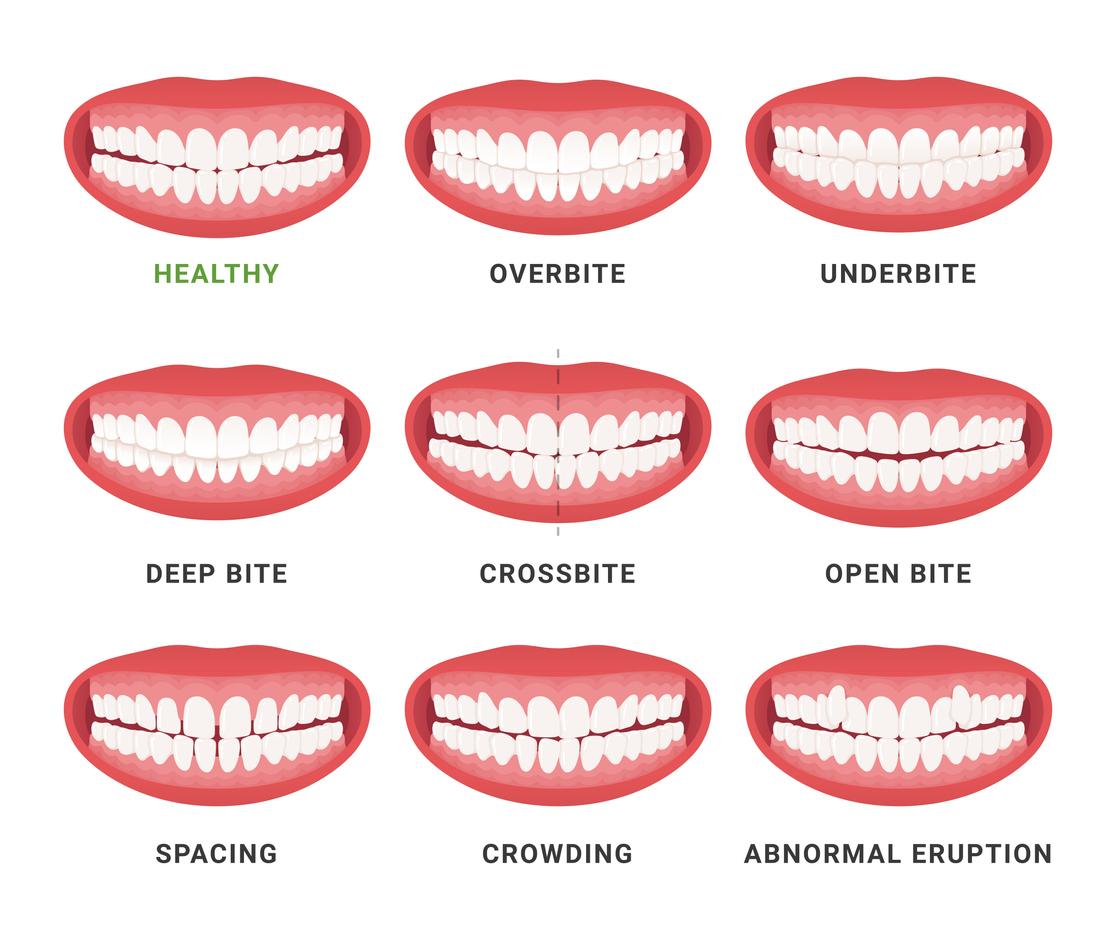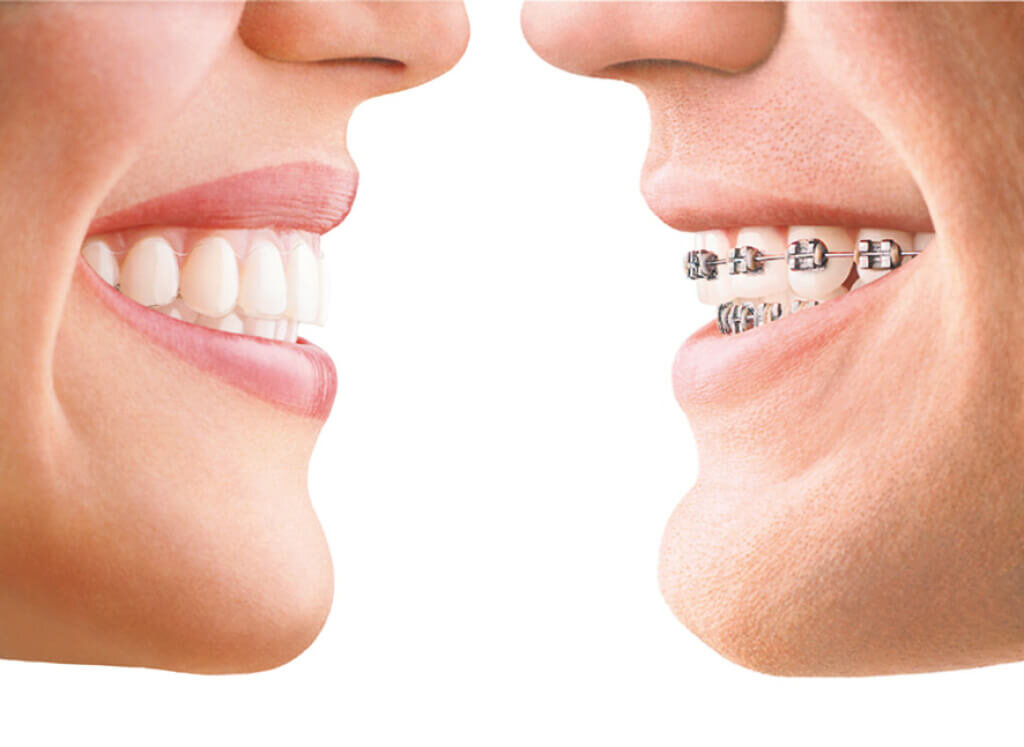Invisalign for Teens: A Modern Solution to Straightening Young Smiles
Invisalign vs. Traditional Braces: Which Alternative Is Right for You?
When considering orthodontic therapy, the selection between Invisalign and conventional braces presents a number of important factors that merit careful examination. Invisalign offers a very discreet choice with detachable aligners, while traditional braces give a much more visible yet reliable remedy for severe imbalance.
Review of Therapy Options

In comparison, traditional dental braces consist of metal brackets and cords that are bound to the teeth. This approach applies constant pressure in time to achieve placement. While efficient for complicated orthodontic issues, typical dental braces require regular gos to for adjustments and can pose difficulties in maintaining dental health as a result of the problem of cleaning around wires and braces.
Both choices have their qualities, and the choice frequently pivots on details oral conditions, way of life preferences, and patient conformity. Inevitably, consulting an orthodontic specialist is critical for figuring out one of the most ideal treatment plan tailored to individual needs. Comprehending the nuances of each choice can considerably affect the general success of orthodontic treatment.
Aesthetic Considerations
A substantial aspect influencing the selection between Invisalign and standard dental braces is the visual appeal each treatment provides. Invisalign aligners are crafted from clear plastic, making them essentially unnoticeable when used.
In contrast, standard braces contain steel brackets and wires, which can be a lot more noticeable. While improvements in orthodontic innovation have caused the advancement of smaller sized braces and tinted elastics, traditional braces still preserve an even more obvious account. For some people, the presence of braces might prevent them from looking for essential treatment.
Inevitably, the choice between Invisalign and traditional braces might depend upon personal choices pertaining to visual appeals. Patients that prioritize discernment frequently favor Invisalign, while those that are less concerned about visibility might decide for traditional braces. Recognizing the visual ramifications of each choice is critical for making an educated choice that straightens with one's way of life and preferences.
Comfort and Convenience

In terms of ease, Invisalign aligners are detachable, enabling patients to enjoy their preferred foods without limitation and keep optimum dental hygiene. Brushing and flossing are streamlined, as the aligners can be taken out throughout these regimens, whereas traditional dental braces call for cautious maneuvering around wires and braces.
In contrast, typical braces require normal modifications, making them much less practical for those with active timetables. Generally, the convenience and comfort of Invisalign make it an appealing choice for many people looking for orthodontic therapy.
Therapy Period and Effectiveness
While both Invisalign and traditional dental braces are reliable in fixing oral misalignments, the period of treatment can differ substantially in between the two options. Generally, Invisalign treatment can take anywhere from 12 to 18 months, depending on the complexity of the case. The clear aligners function by gradually shifting teeth into their desired settings, and regular follow-ups with an orthodontist assistance ensure development stays on the right track.
In contrast, traditional dental braces commonly need a longer commitment, generally ranging from 18 months to three years. This is because of their set nature and using cords and brackets, which can be extra effective for extreme misalignments and complicated cases (Invisalign). The therapy performance of typical braces is well-documented, top article as they allow for specific adjustments and better control over tooth motion
Ultimately, the choice in between Invisalign and traditional dental braces might depend upon both the anticipated treatment period and the particular oral concerns available. Consulting with an orthodontist is critical, as they can offer customized suggestions based upon specific requirements, guaranteeing the picked method lines up with wanted outcomes and durations.
Price Contrast and Insurance Choices
Expense plays a considerable duty in the decision-making process for individuals considering orthodontic therapy, whether choosing Invisalign or traditional dental braces. Usually, the cost of Invisalign varieties from $3,000 to $8,000, while traditional dental braces normally cost between $2,000 and $6,000. Aspects influencing these expenses consist of the intricacy of the case, the duration of therapy, and geographical place.
Insurance policy insurance coverage can substantially affect out-of-pocket expenses. Lots of dental insurance coverage strategies offer partial coverage for orthodontic treatments, but the specifics can differ extensively. It is critical for patients to examine their insurance policy plans to establish the degree of insurance coverage for either choice. Generally, standard dental braces may be more regularly covered by insurance plans contrasted to Invisalign, which some insurers categorize as a cosmetic treatment.
Furthermore, a number of orthodontic techniques offer versatile repayment plans, making both treatment options a lot more accessible. Individuals ought to make inquiries regarding potential financing alternatives and discounts for in advance repayments. Evaluating the complete cost, consisting of insurance coverage benefits and repayment plans, is important for making an educated choice Our site that aligns with both aesthetic preferences and spending plan considerations.

Final Thought
In summary, the option in between Invisalign and standard braces rests on several aspects, consisting of aesthetic preferences, comfort, therapy period, and expense. Invisalign offers a discreet, detachable option that facilitates oral health and nutritional adaptability, while typical dental braces may be preferable for complex dental concerns and commonly come at a reduced price factor. Eventually, appointment with an orthodontist is important to assess individual situations and determine the most proper therapy choice for accomplishing optimum oral alignment.
When taking into consideration orthodontic treatment, the choice between Invisalign and typical braces offers several vital elements that warrant cautious evaluation.Contrasting Invisalign and traditional braces discloses distinctive treatment alternatives for orthodontic modification.While both Invisalign and conventional braces are reliable in fixing oral imbalances, the duration of treatment can differ dramatically between click here to find out more the two options.Cost plays a significant function in the decision-making process for people taking into consideration orthodontic treatment, whether opting for Invisalign or typical dental braces.In summary, the choice in between Invisalign and conventional dental braces pivots on numerous factors, consisting of visual choices, comfort, therapy duration, and expense.